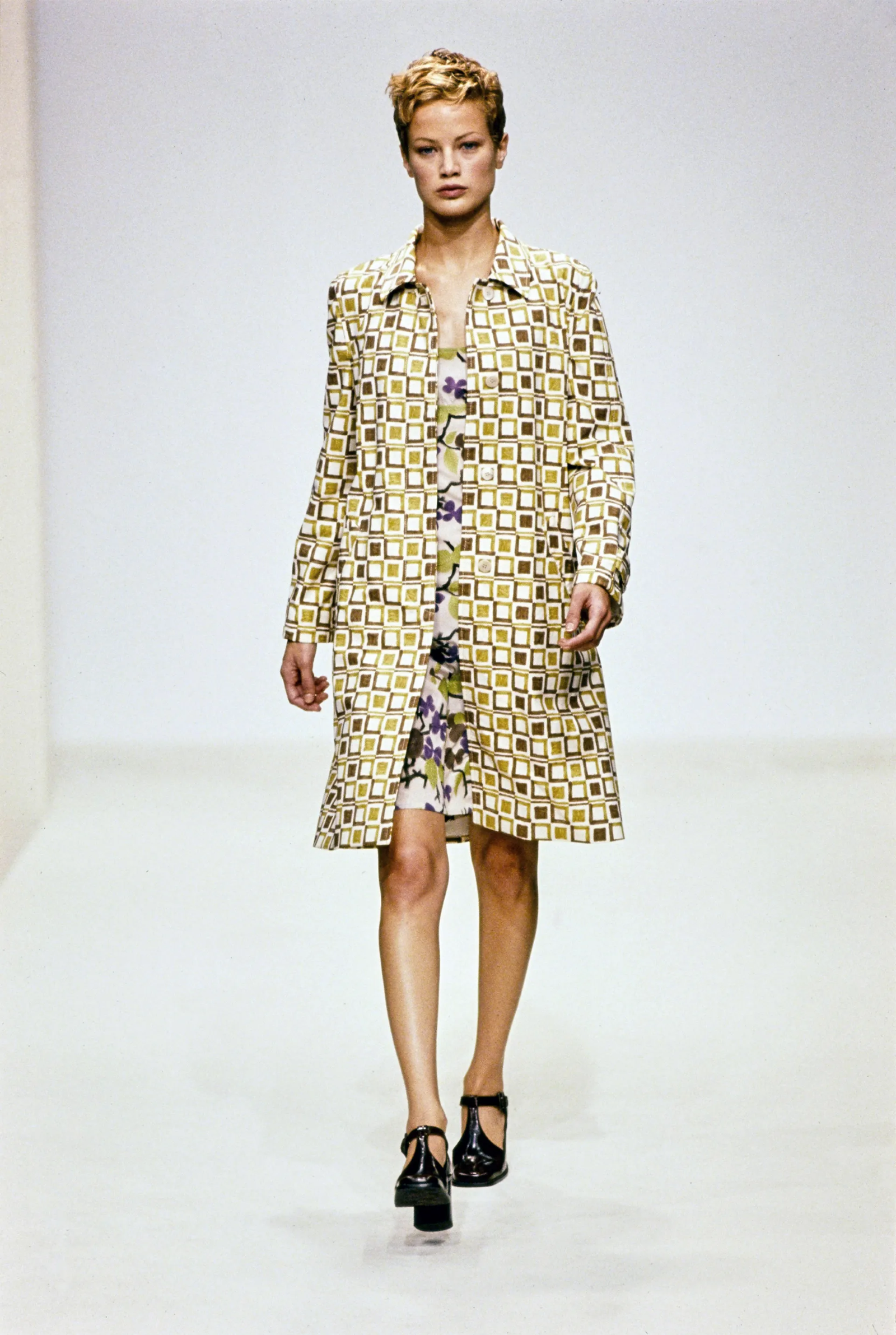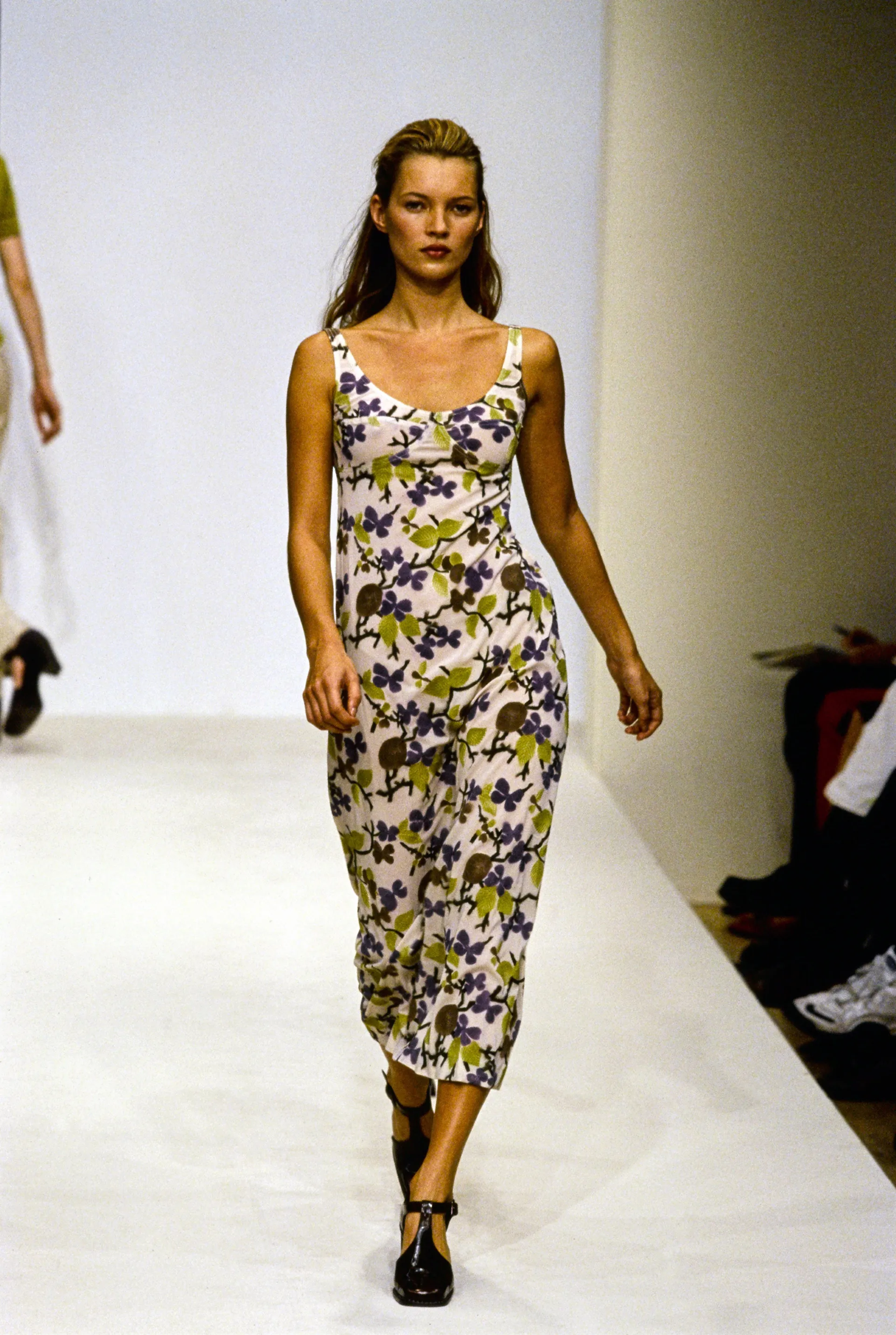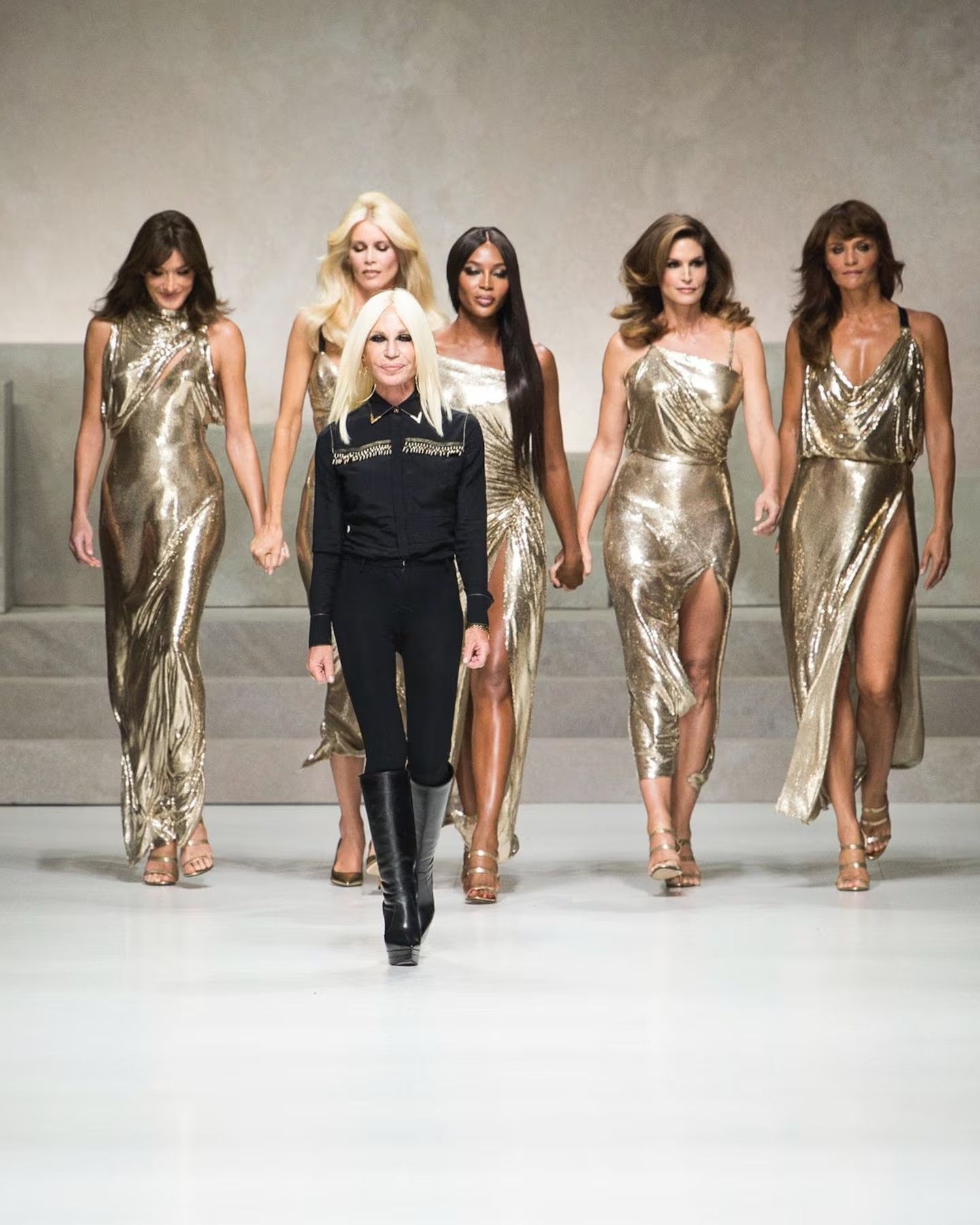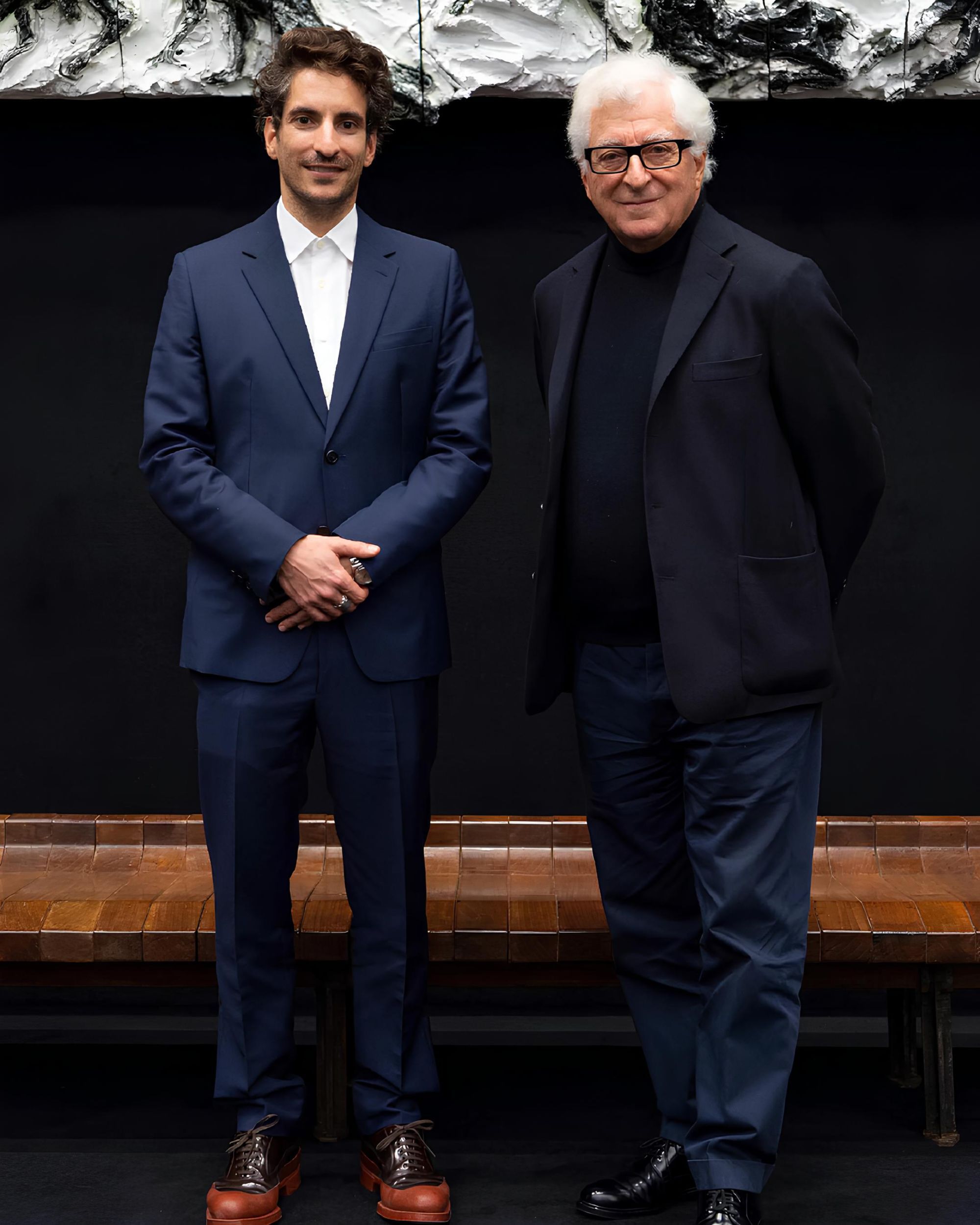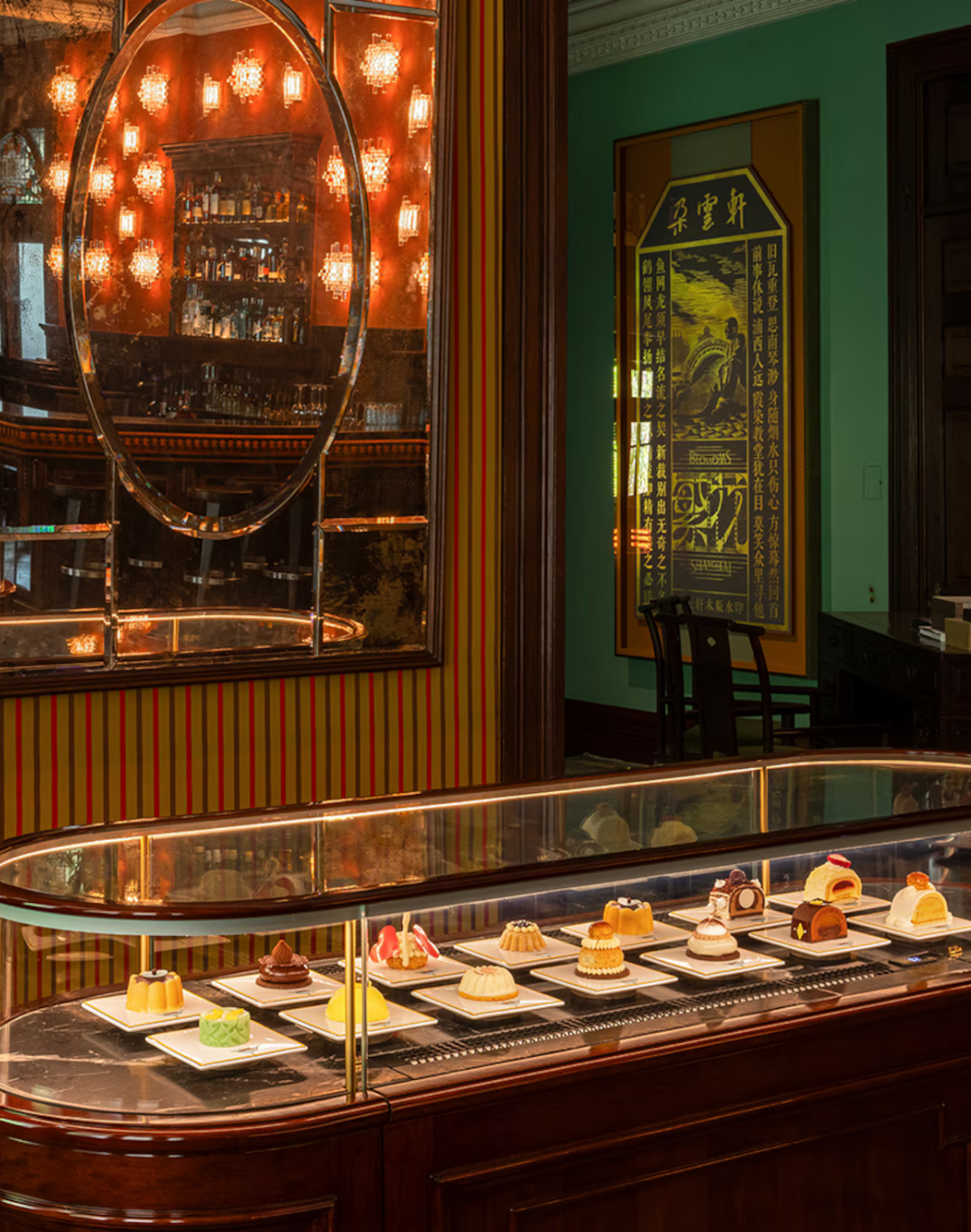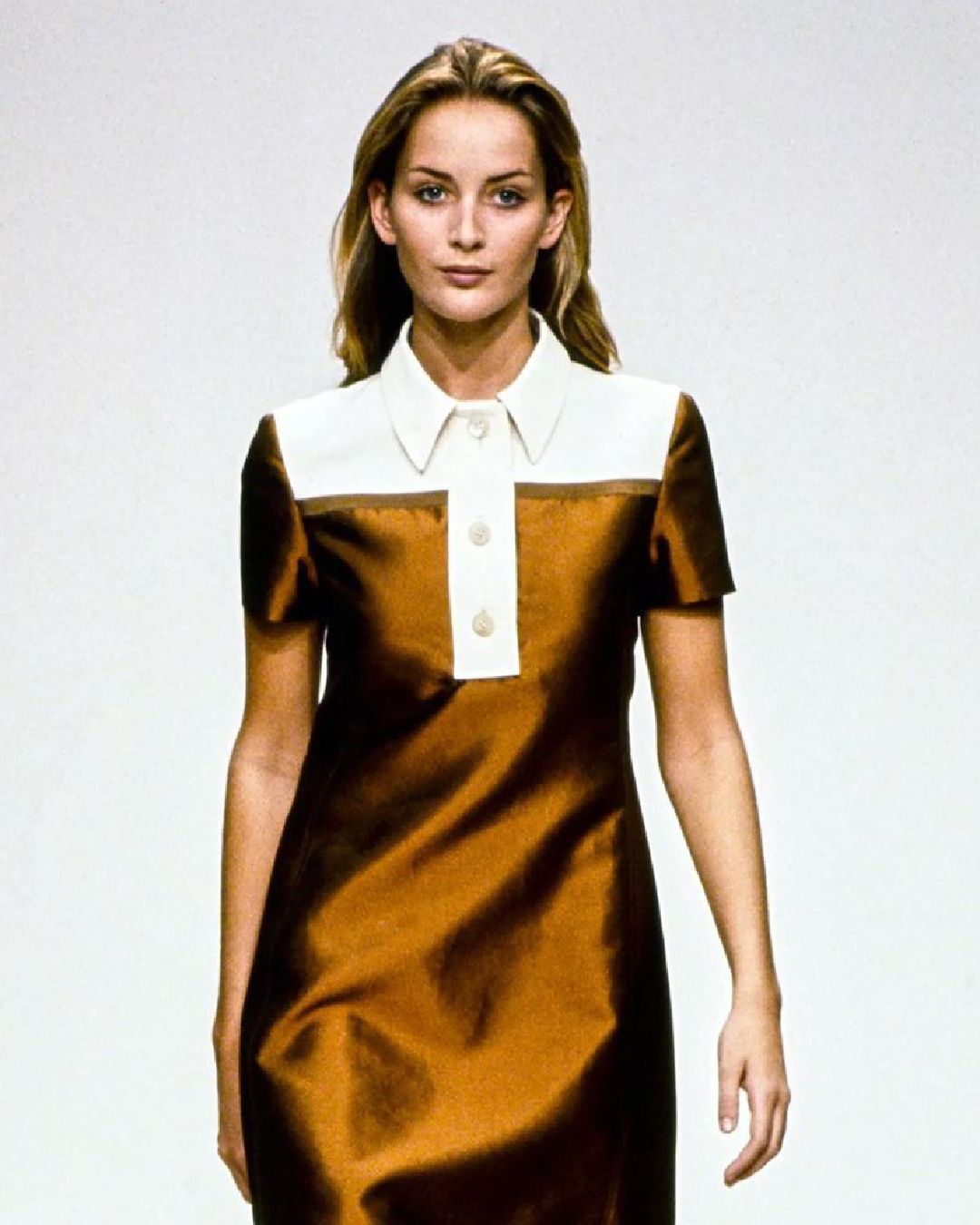
When Miuccia Prada invented Ugly Chic The year was 1996...
««[Miuccia’s] clothing is ultimately about discomfort – aesthetic, ideological, somewhat ephemeral; it is ephemeral because the ugliness Prada provokes with this season becomes the new beautiful», wrote Alexander Fury in the 2014 essay, Miuccia Prada: Master of “Ugly”, referring to a collection, Prada’s SS96, that became a turning point in the history of the brand. 1996 was a defining moment for both the Prada identity and the fashion industry: it’s one of those moments that unconsciously shaped fashion for years to come. On the final day of Fashion Week in 1995—just when fashion editors were off to see Prada — came a bomb scare in the company’s headquarters. I echo Amy Splinder, a New York Times critic: will they skip the show? Or risk it all to find out what Prada is going to do next season? After an hour or so, the show space was declared safe by Italian explosive experts. Journalists were making lighthearted jokes about Prada’s competitors making the call: «I’m sure it was someone who’s very jealous».
Soon enough, the almost scientific austerity began. For SS96, Miuccia Prada decided that she was no longer hiding her radical propositions under the pretense of refined lines, sublime suits, or supermodels clad in utilitarian nylon. She made the undisputable decision to forgo the serene, gauzy minimalism of last season and instead favored eccentric color schemes, outmoded patterns from the 1950s, mary janes (once hailed the ugliest heels in the world), dreadful purples paired with avocado greens «hovered somewhere between hades of slime and mold», », and muddy, dirty browns. The result? Banal Eccentricity – literally and figuratively, the collection’s title completely fosters a new cliché in fashion. The idea came about from banal art, a tribute from when banal design was then elevated to the former at the Venice Biennale in 1980 – It is not every day that a designer as big as Miuccia Prada admits to banality as a source of inspiration. Banal Eccentricity widely known more as the “Ugly Chic” collection, established the off-key, transgressive brand identity Prada is known more for today. It was a display of searching for the “unexplored” by contrasting concepts, colors, and textiles in ways that each time elicit an almost questionable disgust to the normal eye: in short, it was a total chic disrespect for the rules of fashion.
The “ugliness” was embraced in the patterns and silhouettes Miuccia chose to display: psychedelic geometrics hand-painted onto skirts, boxed geometries in chiffon dresses, as well as coats made out of stretchy gabardine. Most patterns from the collection included trashy (Miuccia’s words, not mine) domestic textiles from the ‘50s, – textiles that were used for tablecloths and curtains in suburban homes. Not only was it an exercise in blurring the boundaries between cheap—or Miuccia likes to call it, «fake-cheap»—garments, and transforming them into high fashion, but it was also an exercise in trompe-l’oeil illusionism. Some patterns were printed onto synthetic materials, in others, they were printed onto tweeds made of cotton and linen as seen on Kate Moss. The ever-famous “Miuccia Sludge” also made its first-ever appearance in S/S 1996, too. Coined by Alexander Fury, it stems from a «yellowy, bilious green that is so Prada, it could be dubbed, The Miuccia Sludge».
If Miuccia Prada has done one thing, it is not to make ugly appealing—but to shift our perception of beauty and good taste. Fashion collections like Banal Eccentricity are never made on the basis of whim nor of camp but of clear & steady deliberation. It is Ms. Prada’s own way of subverting the concept of what is deemed ‘luxurious’ by introducing elements of ordinary – reshaping our ideas of aesthetics, and what we constitute as both ‘ugly’ and ‘beautiful’.









































































